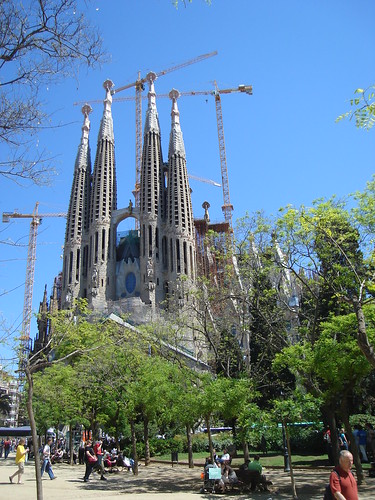
When public money for the project ran out, Gaudi went from door to door begging for more funding. He was so devoted to the project that he lived as a recluse on the building site for the last 14 years of his year before being struck down and killed by a tram. His funeral service was held at the Sagrada Familia and he is buried in the church's crypt. At his death, only one tower on the Nativity facade had been completed, but work resumed after the Spanish Civil War. Still unfinished, work continues to today financed by public donations.
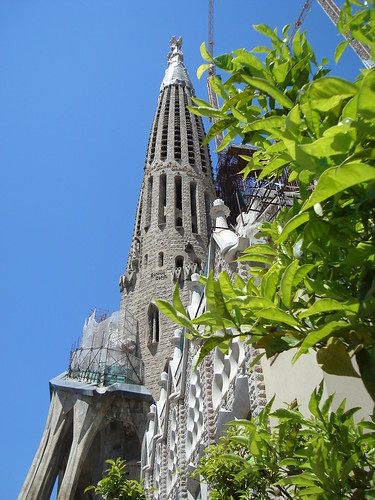
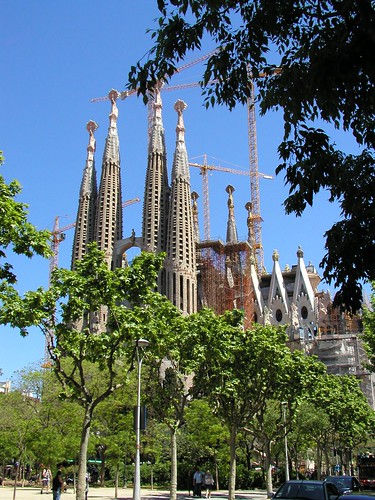
Gaudi's initial plans have been kept over the years but new technologies have allowed this vision to be achieved a bit more quickly...if you can say over 120 years is quick...that is medieval church construction pace if you ask me. Still to come is the central tower, which is the be encircled by four large towers representing the evangelists. Four towers on the the Glory (south) facade will match the existing four on the Passion (west) and Nativity (east) facades. The bell towers, of which 8 of the 12 have been completed, one for each apostle, are topped with Venetian mosaics.
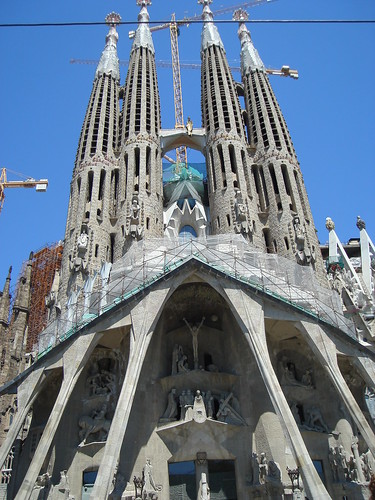
An exhibit shows the technology used for the towers of La Sagrada Famillia.

The Passion facade, which is currently above the temporary entrance was completed between 1986 and 2000 by a local artist. The sculptures are quite angular and apparently did not met with the approval of all.
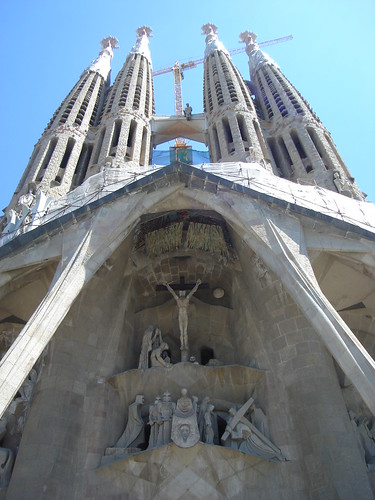
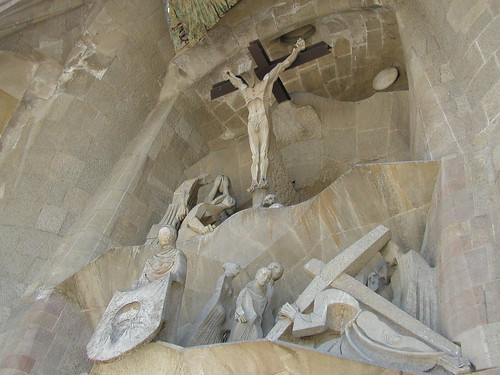
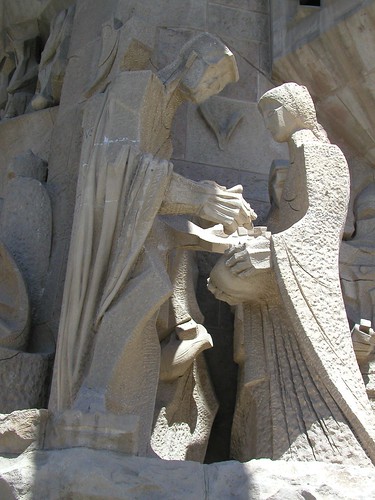
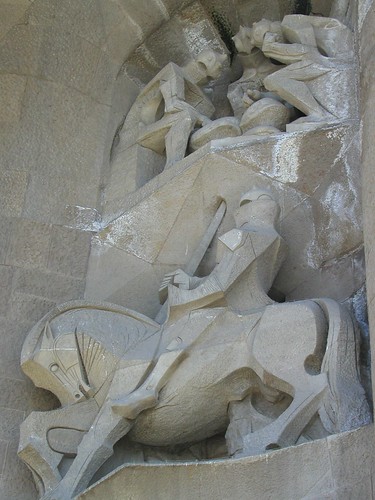
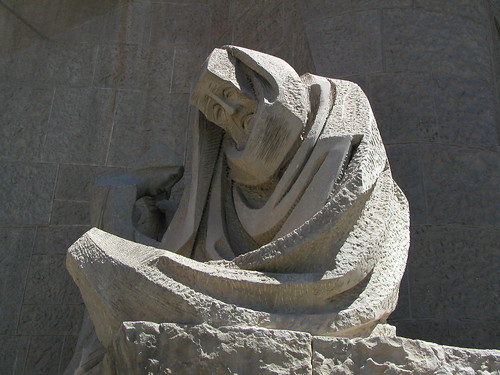
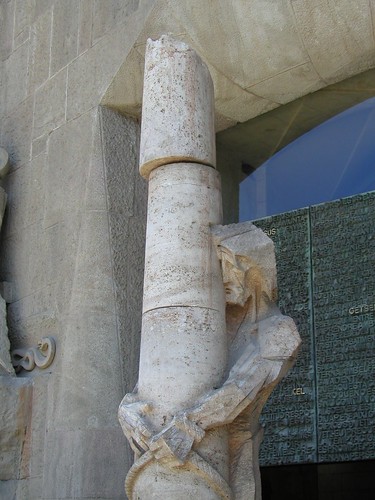
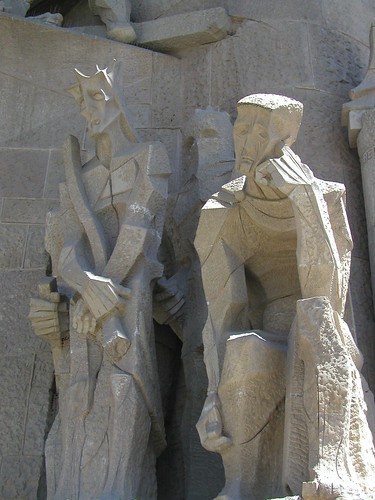
The Nativity Facade, was finished according to Gaudi's personal instructions before his death; thus, looking a bit more subdued than the Nativity Facade.

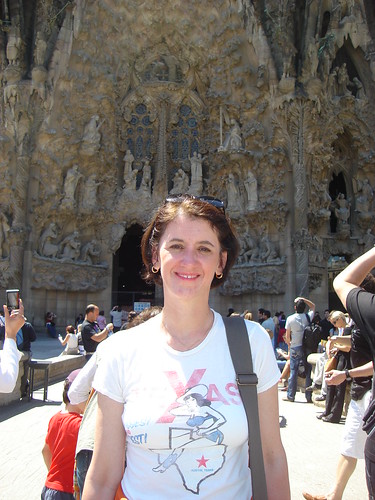
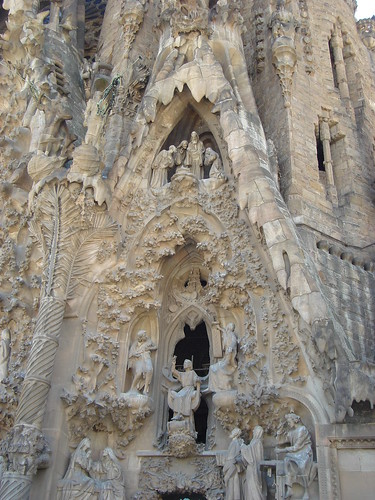
The nave, which us still under construction, is a forest of pillars supporting the four galleries above the sides. Natural skylights are used to light the structure but much stain glass is used in other parts of the building.
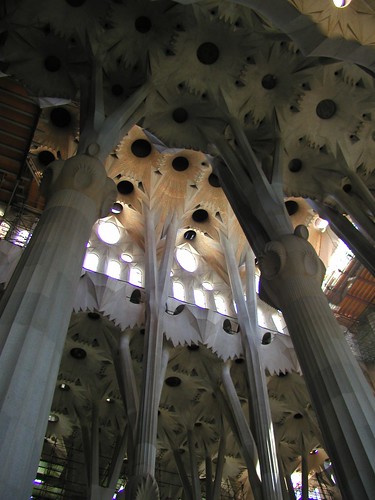
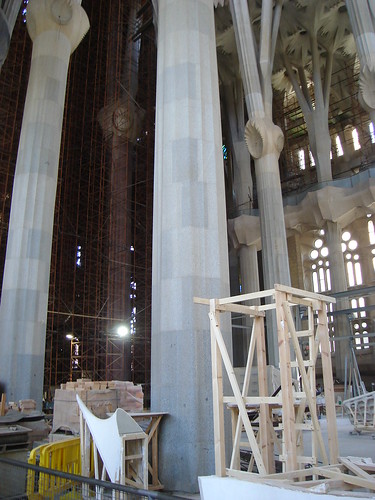
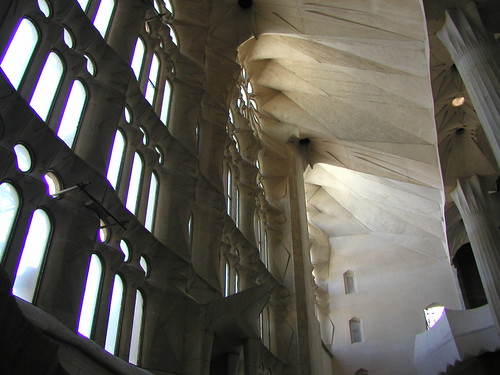
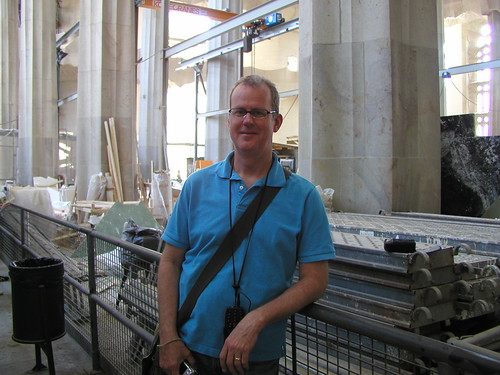
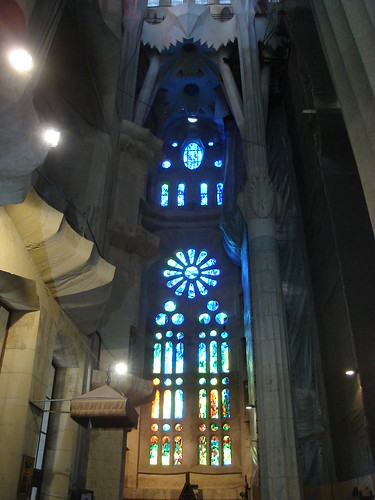
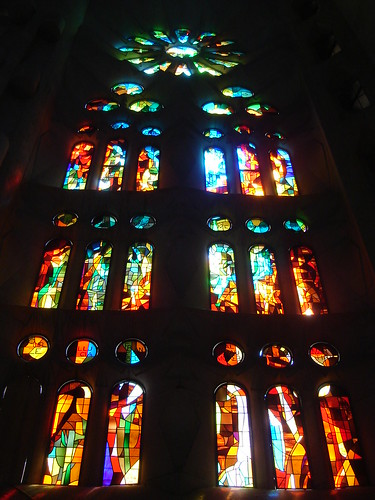
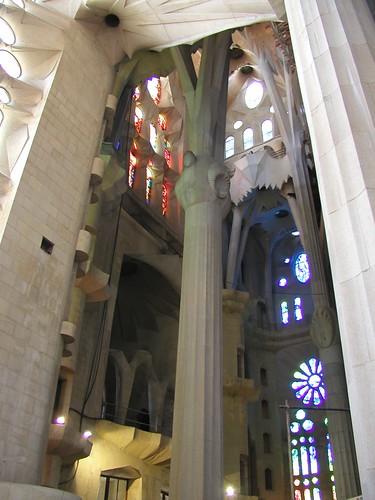
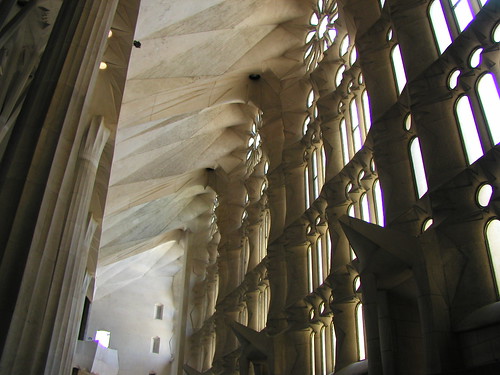
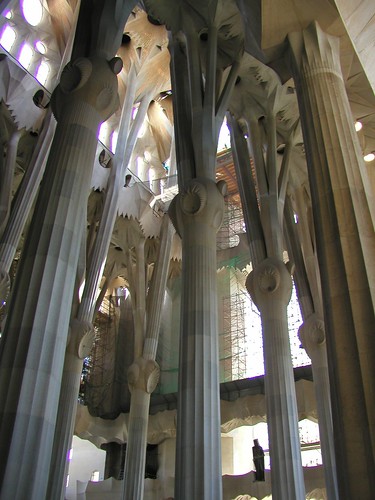
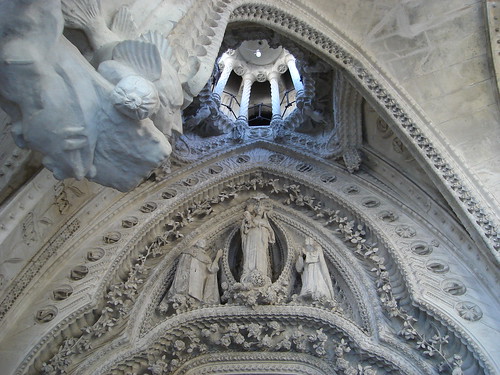
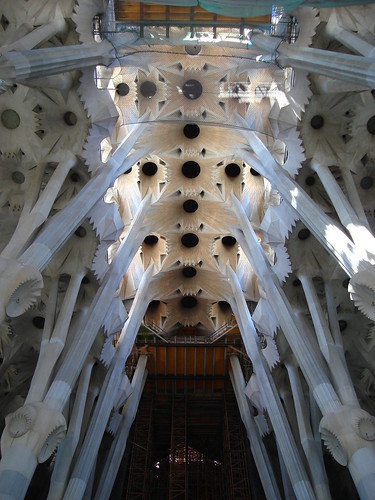
This former schoolhouse at La Sagrada Familia was used to educate the children of the craftsmen and workers who worked on the church. Gaudi's architectural influence is reflected even in this structure.



No comments:
Post a Comment